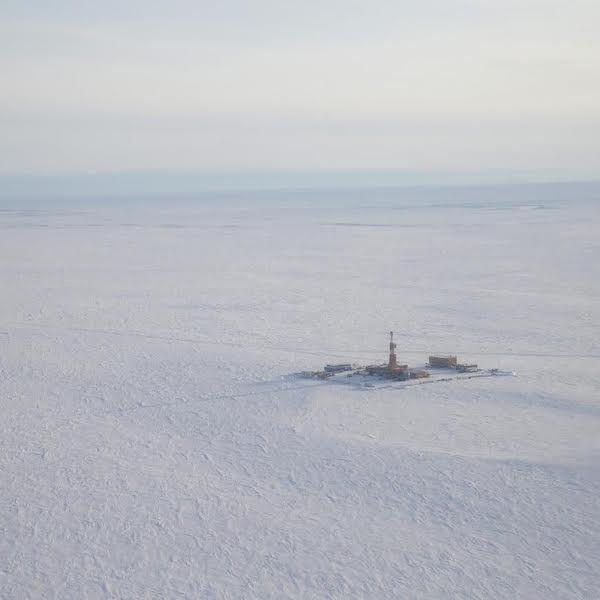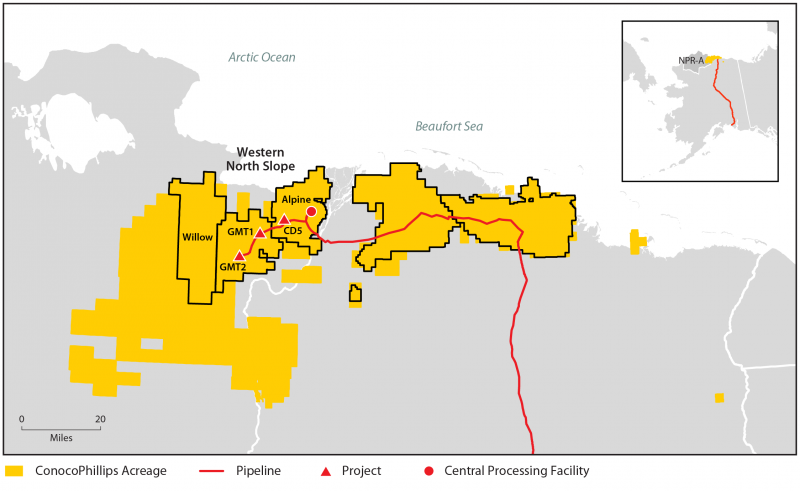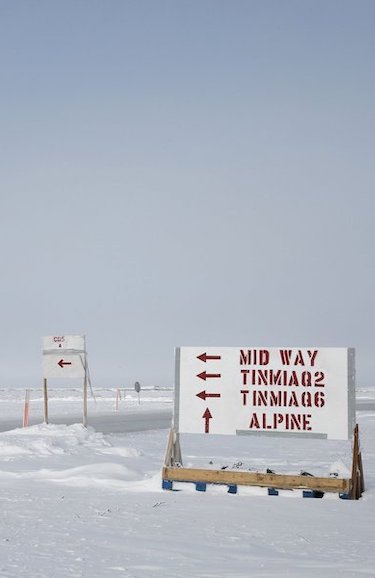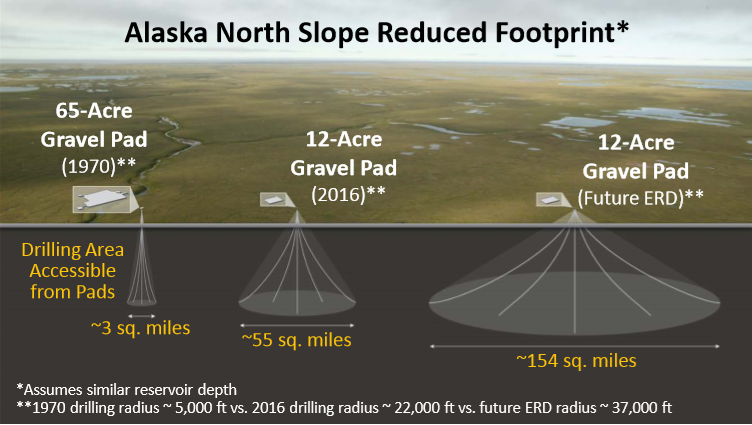🇺🇸 A Willow the greens can do without
BRIEFING | The Willow oil and gas project in Alaska has sparked opposition among the greens and concerns among the federal department that advises the White House on such matters. President Biden appears ready to approve it anyway

KEY FINDINGS
• The Biden administration said in February it would support a scaled-back version of the Willow oil and gas project amid the White House’s calls to the industry to expand production
• The Bureau of Land Management has endorsed a design for the project it says will reduce the impact on polar bears and yellow-billed loons
• The Willow project area holds an estimated 600 million barrels of oil, or more than the amount currently held in the US emergency reserve
• The project may earn Alaska and federal authorities $17 billion
ENVIRONMENTAL AND CLIMATE activists are rallying online against ConocoPhillips’ proposed Willow oil and gas drilling project in Alaska as the administration of US President Joe Biden weighs whether to greenlight the controversial plan.
A petition on Change.org opposing the project has gathered over 2 million signatures, while the hashtag #StopWillow has been trending in social-media posts.
Here are some details about the project:
What is the Willow project?

The Willow project is a $6 billion (€5.6 billion) proposal from ConocoPhillips’ to drill oil and gas in Alaska. It would be located inside the National Petroleum Reserve-Alaska, a 93 million-hectare area on the state’s North Slope that is the largest tract of undisturbed public land in the US.
Will it be approved?
President Biden’s administration said in February it would support a scaled-back version of the project.
The US Bureau of Land Management published the project’s final environmental review last month, selecting a “preferred alternative” that would include three drill sites and less surface infrastructure than originally proposed. ConocoPhillips had initially wanted to build up to five drill sites, dozens of kilometres of roads, seven bridges and pipelines.
A final decision could come as soon as this month.
The project had been initially approved by the Trump administration, but a federal judge in Alaska in 2021 reversed that decision, saying the environmental analysis was flawed.

What is its environmental impact?
According to BLM’s analysis, the design it endorsed would reduce the project’s impact on habitats for species like polar bears and yellow-billed loons.
But environmental groups remain staunchly opposed, arguing the project conflicts with the Biden administration’s promises to fight climate change and poses a threat to pristine wilderness.
“The Willow project would have a devastating effect on public lands and our climate, and approving it after passing the largest climate bill in history would be a giant step in reverse,” the Sierra Club said in a February press release, referring to the Biden administration’s Inflation Reduction Act.
“Allowing Willow to move forward will pose a threat to some of Alaska’s last undisturbed wilderness, to the populations of wildlife that call it home, and to the public health of nearby communities and makes it harder to achieve our climate goals. We must end new leasing on public lands and conserving more nature to secure our climate future,” it added.
The BLM’s parent agency, the Interior Department, has emphasised that the selection of the preferred alternative was not a final decision on approval of the project, adding that it had “substantial concerns” about Willow’s impact on greenhouse gas emissions and wildlife.
In a statement, ConocoPhillips said the design preferred by BLM represented “a viable path forward” for Willow and said it was ready to begin construction “immediately” upon approval.

Why is Willow important for Alaska?
The Willow project area holds an estimated 600 million barrels of oil, or more than the amount currently held in the US Strategic Petroleum Reserve, the country’s emergency supply.
The project is important to Alaska’s elected officials, who are hoping it will help offset oil production declines in a state whose economy relies heavily on the drilling industry.
ConocoPhillips has said the project would deliver up to $17 billion in revenue for federal and state governments and local Alaska communities.
The Biden administration has also been urging US oil companies to invest in boosting production to help keep consumer energy prices in check.
Source: Reuters (Reporting by Richard Valdmanis; Editing by Aurora Ellis)
FURTHER READING
• Alaska’s DC reps lobby Biden to approve Willow oil and gas project
• As a new review gets underway, the future of a huge Arctic Alaska oil project is uncertain
• Biden administration backs smaller version of ConocoPhillips project
• A US federal judge throws out the approval of a major new oil project in Alaska’s Arctic
• Appeals court halts construction at ConocoPhillips’ Willow project in Alaska’s Arctic
RESOURCES
• Responsibly Developing Alaska’s Willow Project (ConocoPhillips)
• Willow Project Would Be a Disaster for Alaska and the Climate (Sierra Club)
• Interior Department issues statement on proposed Willow project (US Department of the Interior)
• Bureau of Land Management publishes final supplemental analysis for Willow Master Development Plan (Bureau of Land Management)
• Oil & Gas Outlook & Permitting (Alaska Department of Natural Resources)
• NVN and City of Nuiqsut Comments regarding BLM Willow MDP Preliminary Final FSEIS Review (City of Nuiqsut and Native Village of Nuiqsut)
Arctic Business Journal Briefings offer readers a summary and analysis of current issues and trends, key firms and coming events. Articles include links to further reading and external resources to give readers a place to begin their due diligence.
As a way to encourage discussion about topics, briefings will also seek to include opinionated commentary submitted by outside contributors.
This article has been fact-checked by Arctic Business Journal and Polar Research and Policy Initiative, with the support of the EMIF managed by the Calouste Gulbenkian Foundation.
Disclaimer: The sole responsibility for any content supported by the European Media and Information Fund lies with the author(s) and it may not necessarily reflect the positions of the EMIF and the Fund Partners, the Calouste Gulbenkian Foundation and the European University Institute.
